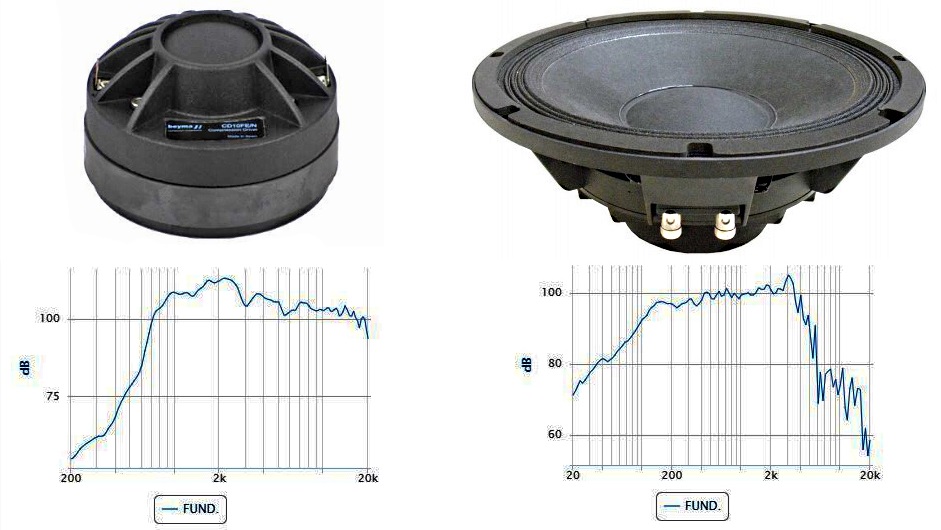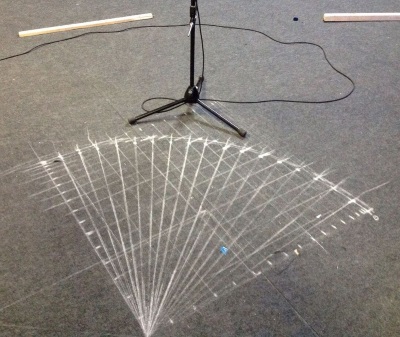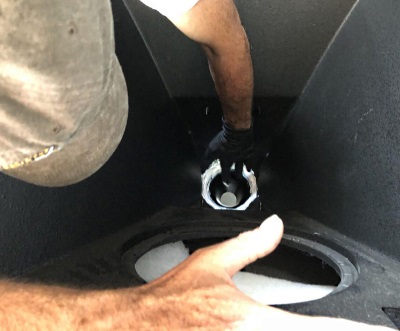A deadline was looming. Previously (here) I detailed a“restomod” project where my organization (Truth In Audio) is outfitting a series of Eastern Acoustic Works (EAW) KF750 three-way concert loudspeakers, introduced in the 1990s, with modern components.
We were planning on unveiling the results of this project in mid-October at the 2018 LDI show in Las Vegas, and as is often the case, several factors were ganging up on us, putting the timing of our plan at risk.
Initially, things were moving along just fine. Once the construction of the first sample KF755 enclosure was completed, we shipped it to our team member and noted loudspeaker designer Dave Gunness at Fulcrum Acoustics for evaluation.
Specifically, we sought direction from him about what should be done with the loudspeaker’s mid/high-frequency section, and his reply came as no surprise: we would indeed need to implement anew 1-inch Beyma CD-10Nd/N neodymium compression driver with the original horn.

Dave’s modeling indicated that there would be reflective interference in the response of the unique Celestion AxiPeriodic 2050 (Axi2050) compression driver caused by discontinuity between the after-market metal horn we had selected and the 10-inch opening of the loudspeaker enclosure. Because the transition was not smooth and consistent, a reflection was occurring at the transition that caused a cancellation starting at around 5 kHz.

With more time, we could have worked out that transition, or maybe even created our own throat adapter, but it wasn’t in the cards. Instead, the fix was to implement the Beyma driver and original horn and then low-pass the Axi2050 below the interference. (This immediately triggered thoughts of a “version 2” of the project down the line because I was convinced the Axi2050 could handle the entire range from 300 Hz to 20 kHz.)
We noticed some character traits of the changes in devices, and most were complementary. The Beyma 12P80Nd/V212-inch cones for the low end were certainly up to the task, delivering higher output as well as a broad, flat response that afforded us leeway in choosing the crossover point.
Further, the Axi2050 was indeed powerful and commanding, and even with the low-pass filtering, revealed itself to be a formidable device. And the little Beyma compression driver was crisp, fast, and the perfect companion to the Axi2050, easily extending to the 18 kHz range without effort. Dave wrapped up the 755 preconditioning and testing, and he was now awaiting the arrival of the KF750.















